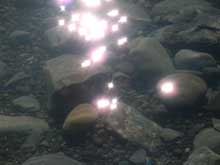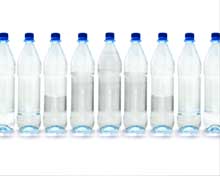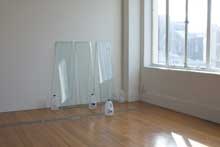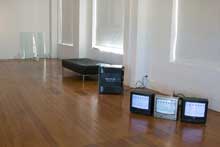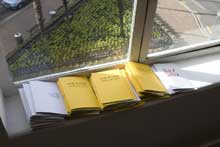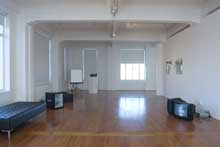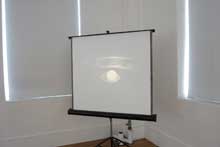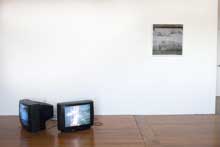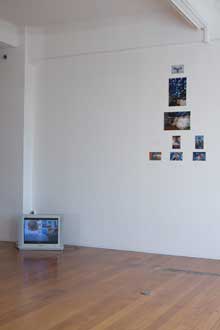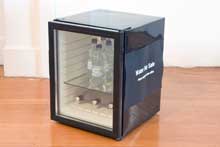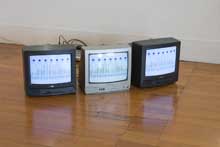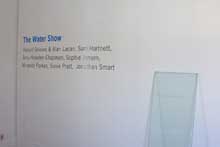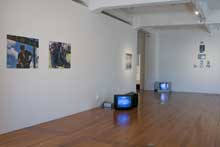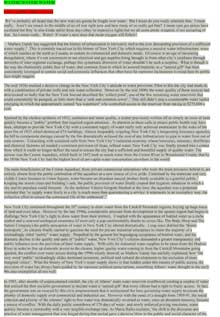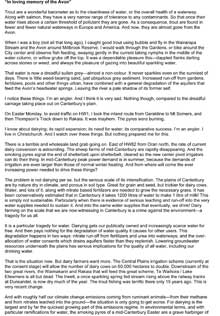 |
|||||||||
|
|
| ...Gallery Exhbits 2008 | ...The Water Show | |||||||||||||||||||||||||||||||||||||||||||
|
7 - 31 May 2008 Whether you have to go out of your way to get the good stuff, or pay each time you turn on the tap, water continues to be a subtle but problematic entity within many urban contexts. The Water Show consequently addresses some of the issues faced when water is treated as a resource. Incorporating works by a range of New Zealand artists such as Sam Hartnett (Auckland), Amy Howden-Chapman (Wellington), Sophie Jerram (Wellington), Miranda Parkes (Christchurch) and Susie Pratt (currently based in Wales), The Water Show also presents responses to more local contexts via inclusions by Harold Grieves & Alan Lacan and Jonathan Smart. Whether tracking the politics, infrastructure and spheres of influence that underlie the management of water, or documenting more subjective terrain with an eye for the ecological as well as the aesthetic, The Water Show ultimately seeks to raise awareness and offer its audience some creative responses to water’s circulation and its ever increasing value. Essays THE WATER SHOW Discussion Evening Wednesday 14 May 6pm A group of the artists involved in The Water Show will be in attendance along with invited members of the Canterbury Regional Council. We hope that you will also be able to join us for what we hope will be a lively conversation this Wednesday Sophie Jerram’s 2007 show at Wellington’s Enjoy gallery, Oil on Troubled Water is, in many ways, the spur for this show at The Physics Room. There, Jerram, contrasted a montage of Hollywood representations of oil-discovery wealth against a small fridge full of bottled “grey” water taken from a rather dubious source. The implication, was of course, that water discovery would be the new “boom” economy, a thread her current work has been investigating. For The Water Show, Jerram has been documenting Otago water prospectors as they drill private water bores for farmers who are keen to find a stable water supply. Describing these entrepreneurs as iconic ‘prospectors’ who are ‘prepared to get their hands dirty in the exploitation of natural resources’, Jerram also lets loose her doubling back to that Hollywood iconography, this time, James Dean playing Jett Rink in the film Giant where labour is sexualised as masculine prowess. As Jerram describes, ‘what I see in the images of these men is an apparent nonchalance as they rut through the earth in search of free flowing fluid. There is nothing suppliant or reverent in their stance. Neither do they seem to be revealing any great pleasure in their work but instead a cocky assumption that the ground will provide’. Miranda Parkes’ two video works are a pretty good example of what she dubs her research. Better known as an abstract painter of “decadent canvases” which twist and contort the confines of the frame, she is also an astute cataloguer of anomalous formal moments taken from everyday occurrences. Whether they’re serendipitous lighting glares, anomalous reflections or simply her camera’s framing of everyday occurrences, she attempts to catalogue these sightings as informative events which add to the cadence of her painting practice. These two works also show a cultural inflection to her selection process, perhaps picking up on what can be called the post-industrial sublime, those moments when we recognise our culture’s disenfranchisement from nature and our often hyper-real attempts to make up for this shortfall. This is certainly the case of Waterfall which opaquely records a banal reproduction of a stereotypical waterfall, highlighting as it does the artifice and framing that these spectacular moments of nature-scenery require. Likewise, the reflecting waters of Lake Pukaki, which imbued in an almost cathartic, spiritual attribution, is an entirely mesmerizing lure, but which, on closer inspection, is in fact, merely a camera glitch.
Alan Lacan and Harold Grieves have collaborated together to present water samples taken from Christchurch rivers. Presented in the quasi-scientific guise of an enlarged slide, this small sample will precipitate over the course of the show to reveal the impurities and toxins that currently reside in Christchurch city’s rivers. Eschewing Christchurch’s more renowned rivers, the Avon and Heathcote, those picturesque standard bearers of the garden-city’s serpentine appeal, Lacan and Grieves have chosen to collect their water samples from Christchurch’s many smaller tributaries, like the St Albans’ stream. These tributaries are often overlooked waterways but are increasingly becoming the focus of local attention which has been instrumental in regenerating the health and vitality of these small but significant streams. The Water Show also includes two written texts that explore the problematic aspect of treating water as a resource. A keen angler, Jonathan Smart’s text laments the decline in quality of our local rivers and attributes it to the wholesale conversion of south Canterbury into dairy-country. Harold Grieves’ text looks at examples of water policy in New York City and Athens in order to draw out some lessons for Christchurch. Focusing on urban water use, the text traces out the urgent need for a larger public dialogue about what is perhaps misleadingly dubbed our “public” water supply. The two texts are presented as monographic pamphlets and should be widely available, both in the gallery and the wider High Street area. Work list: Sophie Jerram, Southern Men on the Rig (Jett finds oil in Texas & Ray and Jim drill for water in Otago), two video stills, 2008. Susie Pratt, "Whose water is it? After all, God provided it.", three-channel looped dvd, 2007/8. Miranda Parkes, Waterfall and Lake Pukaki, both dvd, 2008. Amy Howden-Chapman, My Boyfriend asleep in a waterfall, photographs, 2008. Harold Grieves & Alan Lacan, Water Samples, Autumn 2008. - Catalogue text: Harold Grieves.
|
|||||||||||||||||||||||||||||||||||||||||||



